A Garden in Zurich, 1898
Signed, located and dated "Zurich 98" lower right
Pastel on paper
28.5 x 41.5 cm
in good condition, trace of a small tear repaired in the upper left edge
Framed under glass : 44 x 57 cm
This subject is completely original in Ten Cate's artistic output, and the work is striking for the boldness of its colours. What is most astonishing is the freedom of his brushstrokes and his modernity, which has nothing to envy of the most contemporary expressions of landscape painting.
"A realist, Ten Cate pays scrupulous attention to detail, to impressions, to the hustle and bustle of crowds and the solitude of deserted places. We have spoken of variations in tone linked to the time of day and the seasons. Rainy and snowy weather, water and ice are generally chosen by the painter, who uses pastels for this purpose."
Véronique Prest in "Catalogue des pastels du Musée Carnavalet"
Siebe Johannes Ten Cate was born in Sneek (Netherlands) on 27 February 1858. His father was mayor of the town
In 1876 Siebe decided to go to the Academy of Fine Arts in The Hague and, after graduating, continued his studies in Antwerp and Brussels. At the age of twenty-two, he settled in Paris and opened his own studio.
Soon, he found himself influenced by impressionism.
He made frequent trips for inspiration, visiting England, Scandinavia, Switzerland, North Africa and North America. However, his home remained 65 rue de Malte in Paris, where he lived with his cats and dog. Ten Cate led a secluded life and devoted himself to an impressive body of work in which landscapes and cityscapes are most often immersed in an atmosphere of rain and snow.
He exhibited frequently, notably at the Salon d'Automne, but his works were not as well appreciated in the Netherlands as in France so, although he made numerous visits, he never returned there.
The French press was unstinting in its praise for Ten Cate. He was called, for example, ‘the new Jongkind’. After his death, an English newspaper ran the headline ‘Sad End of a Genius’.



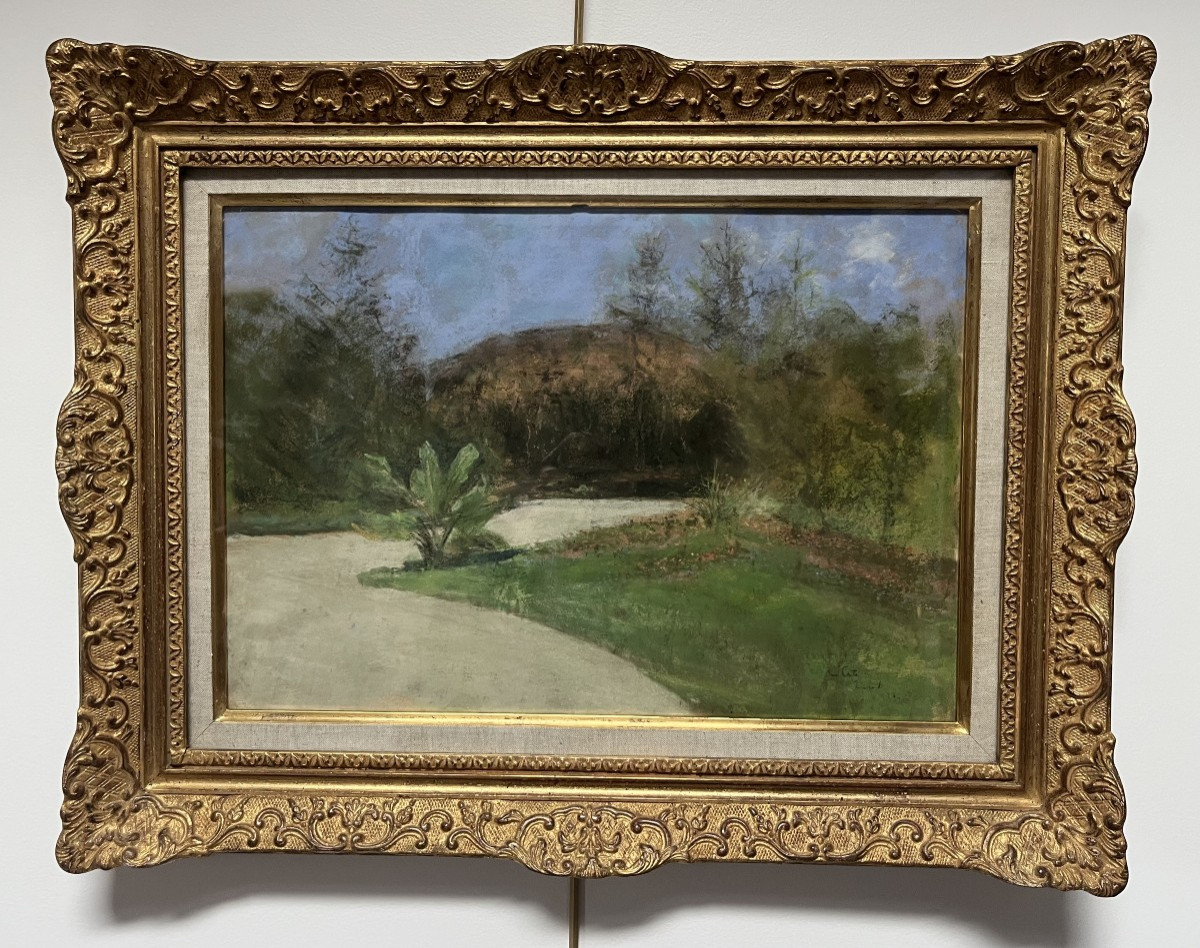
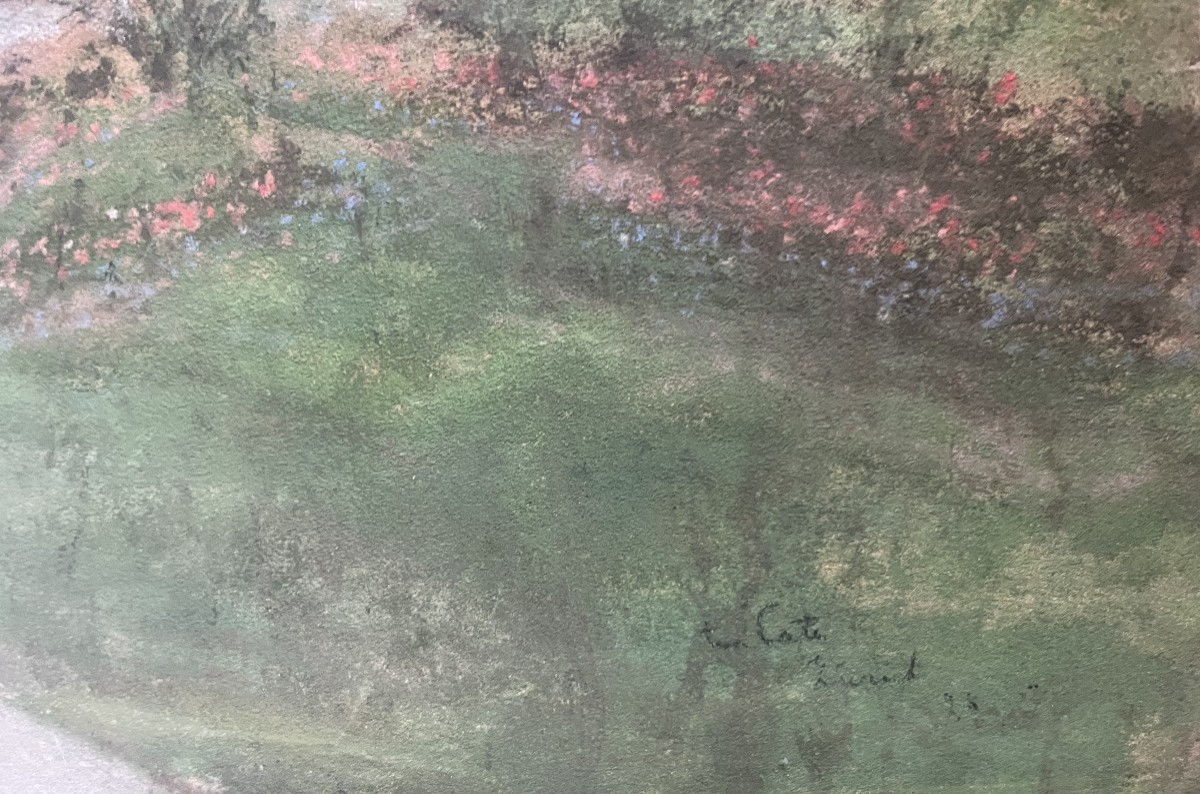



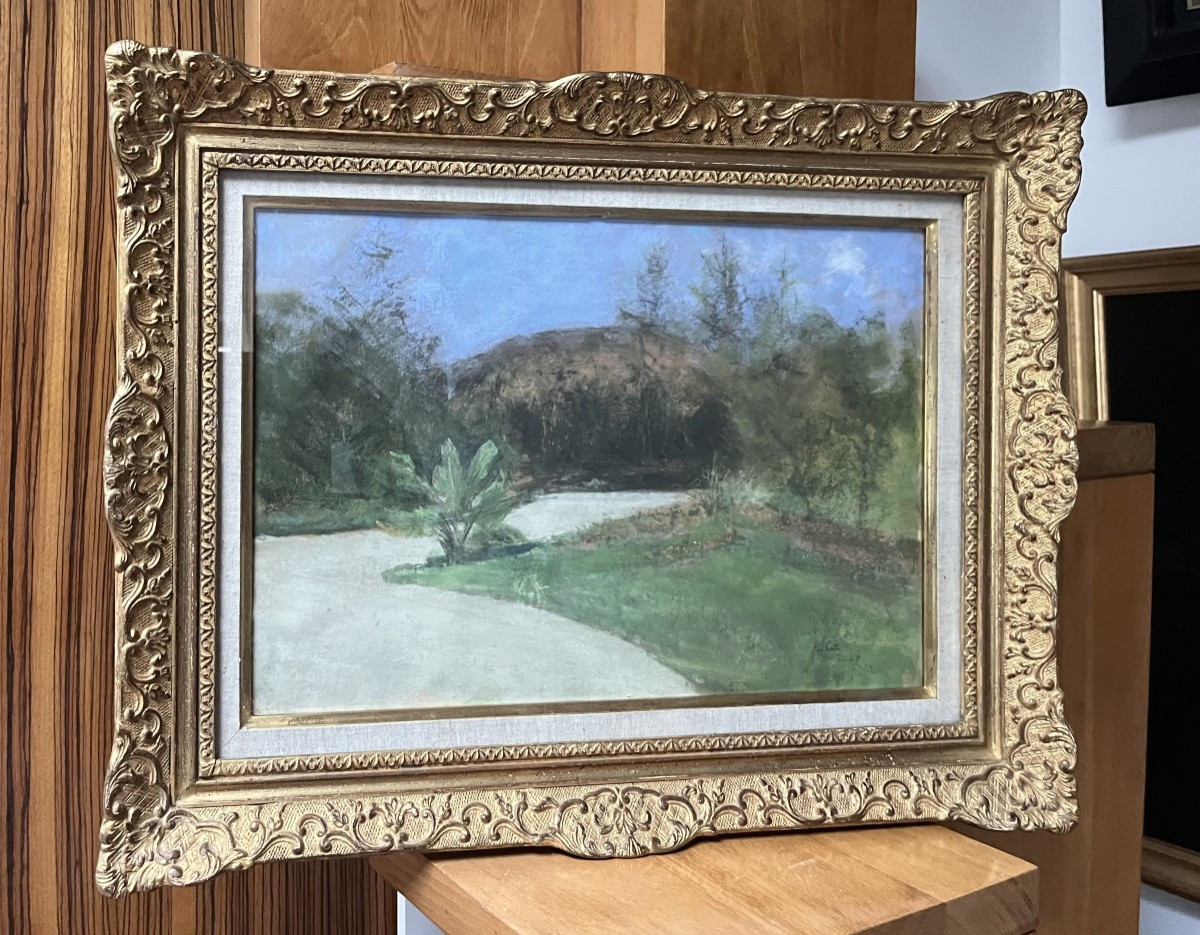








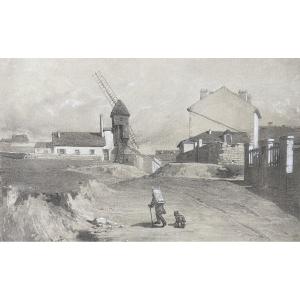
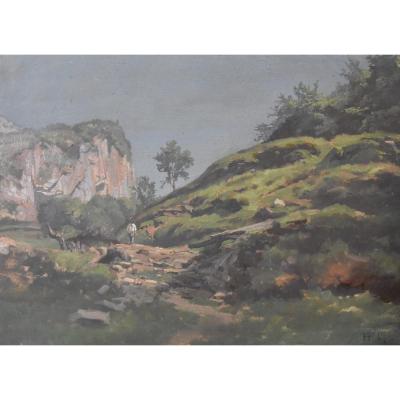
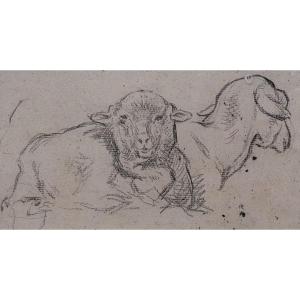
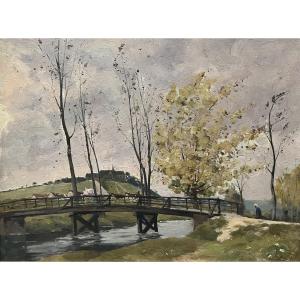
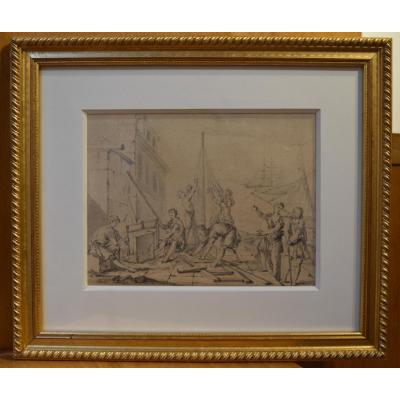








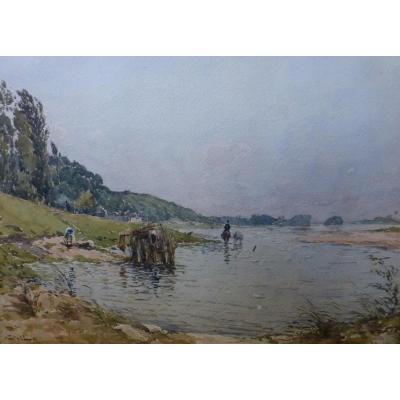

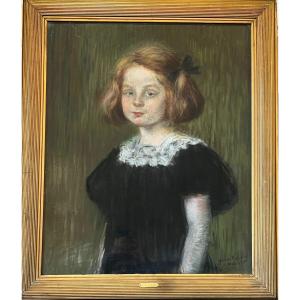

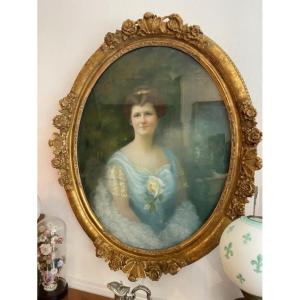





 Le Magazine de PROANTIC
Le Magazine de PROANTIC TRÉSORS Magazine
TRÉSORS Magazine Rivista Artiquariato
Rivista Artiquariato